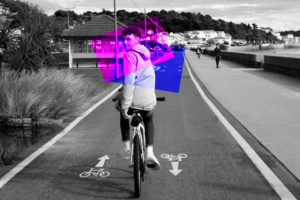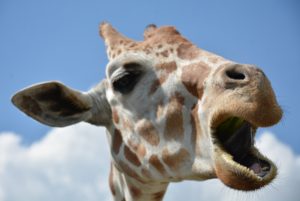Category Archives: Knowledge and Understanding
Filters
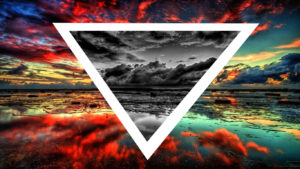
Independent Study (+ homework) Sept – Nov 2017
You are expected to take responsibility for your own learning, progress and success during A Level Photography…
- minimum 2 hours per week
- complete any incomplete class tasks
- contribute your own photo-assignments + research
- seek out opportunities to extend your learning / skill level
- if you are absent you must check the blog daily / check emails for instructions, guidance and advice and complete in accordance with deadlines for your teaching group (these may change depending on timetable).
Task 1 (Week 1, 2, 3)
| Blog posts / Sections to complete | Actions to take | Assessment | Complete by: |
| Homework Assignment 1: Take 150-250 photos that explore shape, pattern, line, repetition, symmetry, shadow, tone, curves, angles, edges | Make planning sheet
Photo Assignment |
AO3 | Lesson 1
Week 3 |
| Artists references: Research the work of at least two formalist photographers eg Rodchenko / Brett Weston / Paul Strand / Peter Keetman / Jan Groover | AO1 | ||
| Image Analysis: Choose 2 key images from each artist and analyse in details using the model of form-meaning-judgement-context. | AO1 |
Task 2 Due in Lesson 1 | Week 4
| Blog posts / Sections to complete | Actions to take | Assessment | Complete by: |
| Homework Assignment 2: Take 100 – 200 photos of types of things eg objects, buildings, people | Make planning sheet
Photo Assignment |
AO3 | Lesson 1
Week 4 |
| Artists references: Research the work of at least two TYPOLOGIES artists eg Bechers /Sander | AO1 | ||
| Image Analysis: Choose 2 key images from each artist and analyse in details using the model of form-meaning-judgement-context. | AO1 |
Task 3 Due in Lesson 1 Week 5
| Homework Assignment 1: Produce 100-200 images that show a response to abstract art and photography | Make planning sheet
Photo Assignment |
AO3 | Lesson 1
Week 5 |
| Experimentation : Photo safari grid, overlays, tracing paper | AO2 | ||
| Artist Reference : Ernst Haas and Maholy Nagy | AO1 | ||
| Image Analysis : Rule of Thirds and depth of field | AO1 |
Task 4 Due in Lesson 1 Week 5
| Blog posts / sections to complete | Actions to take | Assessment | Complete by: |
| Homework Assignment : Take 100-200 photos of different textures and surfaces eg rust, mould, rough , smooth , contrasting surfaces | Make planning sheet
Photo Assignment |
AO3 | Lesson 1
Week 6 |
| Experimentation : juxtaposing textures and surfaces | AO2 | ||
| Artist Reference and Image Analysis :
Frank Hallam-Day / Aaron Siskind / Keld Helmer Petersen |
AO1 |
Task 5 Due in Lesson 1 Week 6
| Blog posts / Sections to complete | Actions to take | Assessment | Complete by: |
| Homework Assignment; Produce 100-200 images that explore a colour, contrasting colours or colour harmonies | Make planning sheet
Photo Assignment |
AO3 | Lesson 1
Week 7 |
| Experimentation; cut, tear and shape coloured card (flat and 3-d) to photograph | AO2 | ||
| Artist References : Franco Fontana / Tamara Lorenz | AO1 |
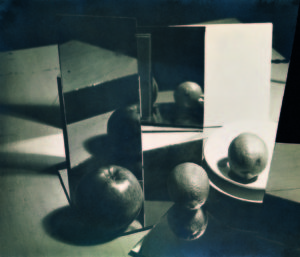
Practical Skills || Formal Analysis
Use C.E.L.L. to help you describe and analyse images. Be prepared to discuss…
Composition : layout, structure, depth, rule of thirds, balance, symmetry, leading lines
Exposure ; over exposed, under exposed, balanced exposure
Light : Natural, artificial, harsh, soft, overhead, side etc
Lens : wide angle, telephoto, standard, macro, fish eye, focal length, focal point, depth of field, foreground, midground, background etc
Use this link to explore camera skills…
And create a set of blog posts that display your creative results and understanding of…
- camera handling skills as you learn them / explore them
- formal analysis of 1 x key image per photo shoot
- evaluative and reflective skills
- the role of contact sheets

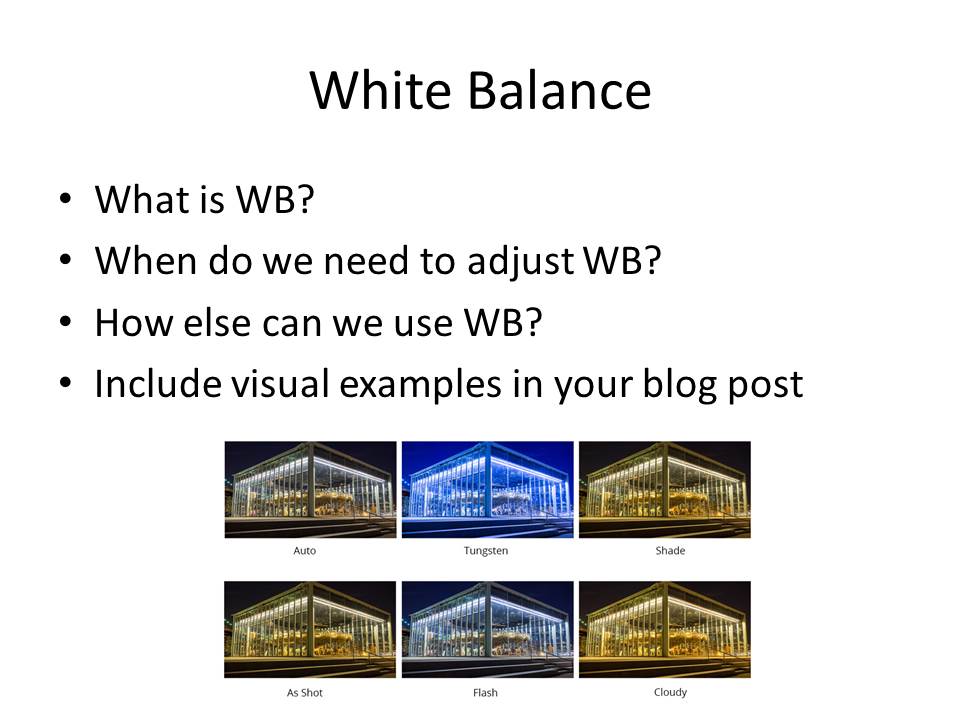




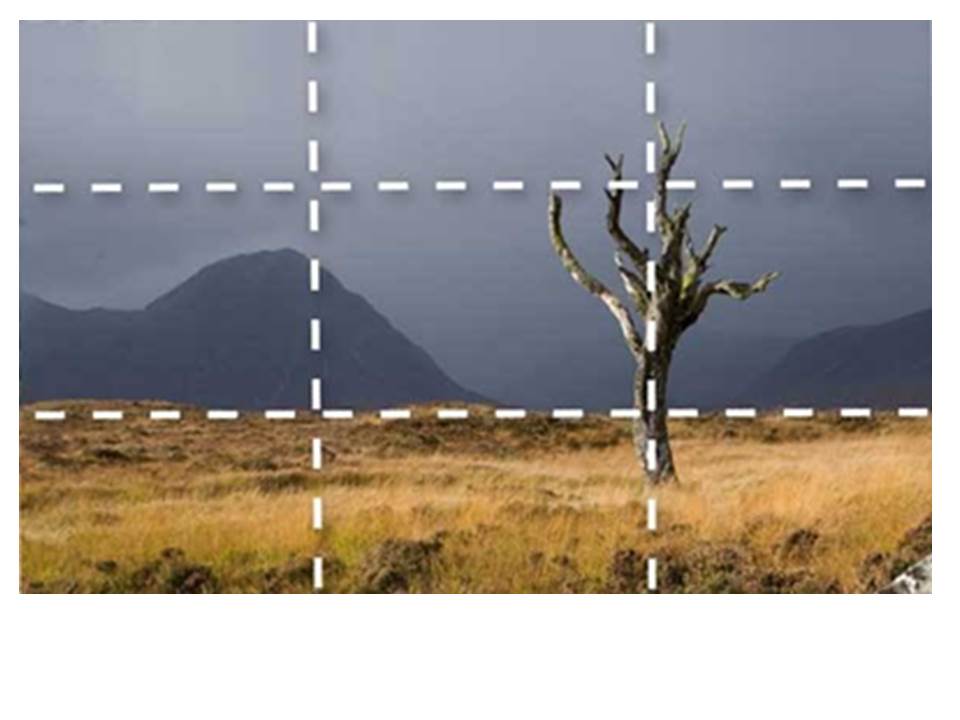
Colour Overlay
What is an Overlay?
In photography terms, an overlay is simply another layer added to your photograph in an editing program like Photoshop. They can be photographed, scanned or even made in a program. Overlays are used for many different reasons, there is no right or wrong way to use an overlay. For example an overlay can be used when creating double exposure shots and they help to create some abstract and surrealistic images.
How to create an overlay?
There are many different ways to create overlays and many different types which could be used. The most basic way, I think, is to insert a shape of some sort and make it any colour of your choice. Place the shape at any part of your picture and adjust the size to fit appropriately, then right click on the shape layer and go to blending options. Then go to blend mode and select the ‘overlay’ mode.

